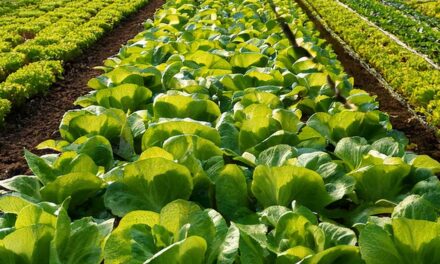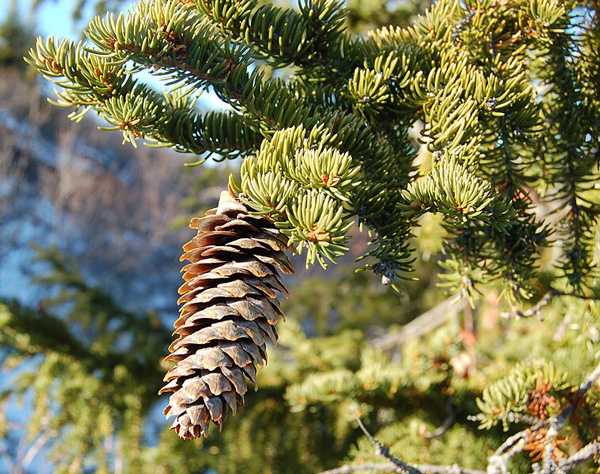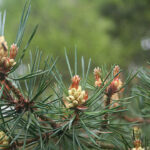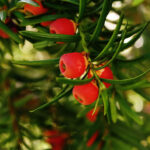
Pinecones in Winter: From Forest Floors to Holiday Décor

As winter sets in and nature quiets, pinecones take the spotlight as symbols of the season. Their intricate design, sturdy structure, and earthy charm captivate us. They’re favourites for holiday decorations, wreaths, and crafts. But pinecones do much more than look pretty—they play a vital role in nature, help regenerate forests, and come in many varieties. Let’s explore how they’re tied to festive traditions, their botanical marvels, and the different species that make them so special.
A Brief History of Pinecones in Festive Traditions
Pinecones have been symbols of fertility, rebirth, and enlightenment for centuries. Ancient cultures used them in art and decoration, with spiralled patterns seen in Assyrian carvings and on the staff of Dionysus, the Greek god of wine.
In Europe, pinecones became symbols of eternal life and the enduring power of evergreen trees, especially in winter. They were revered for their ability to stay green and alive during the harshest months. Over time, pinecones became common Christmas decorations, used to represent the enduring spirit of the season.
During the Victorian era, pinecones were featured in holiday décor like wreaths, garlands, and table centrepieces. Even today, pinecones are often incorporated into festive displays, both as natural and crafted ornaments.
Types of Pinecones: A Botanical Perspective
Pinecones vary in shape, size, and texture. Here are a few of the most common species:
The Science of Pinecones
How Pinecones Work
Pinecones are the reproductive organs of conifers. Female cones hold seeds that will grow into new trees. The smaller male cones release pollen during spring to fertilise the seeds inside female cones.
Pinecones have a unique ability to respond to the environment. When the weather is dry, the scales open, releasing seeds. When it’s damp, the scales close to protect the seeds from moisture. This is a perfect example of nature’s adaptability.
Male vs Female Cones
The difference between male and female cones is crucial for the tree’s survival. Male cones are small and produce pollen, while female cones are larger and hold the seeds. Female cones are often the ones you find on the ground, as they mature more slowly and are heavier.
Adaptations to Their Environment
Some pinecones, such as those of the Jack Pine and Lodgepole Pine, only release seeds after exposure to fire. This adaptation ensures that seeds land in freshly cleared areas with nutrient-rich soil, allowing them to grow in space.
Fun Facts About Pinecones
- Pinecones can open and close in response to changes in moisture, even after falling from the tree. This ensures that the seeds are only released when conditions are right.
- Some species, like the Giant Sequoia, rely on fire to open their cones and release seeds. The fire clears the old vegetation, making room for new growth.
- Bristlecone Pine cones can stay on the tree for decades before releasing their seeds. They wait for the ideal conditions to ensure their survival.
Pinecones are not only beautiful but also functional and resilient. They help ensure the survival of conifer forests and symbolise the endurance of nature. Whether you find them in the wild or use them for holiday décor, pinecones are a reminder of the natural world’s creativity and adaptability. Next time you’re out walking or decorating your home, take a moment to appreciate these timeless treasures. Bring a few inside and let their charm fill your space with the magic of the season.


















